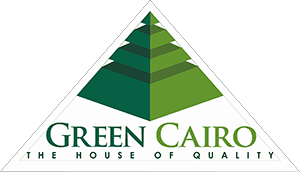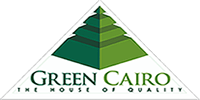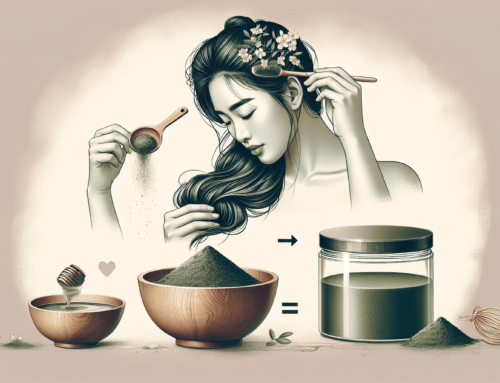In today’s adulterated world, staying a little closer to natural ingredients is always beneficial. When it is about skincare, natural and organic soaps work wonders. While the commercial soaps comprise certain chemicals that are harsh to the skin, natural soaps with natural ingredients make the skin healthier inside out.
Natural soaps have oils, fats, and butter along with other useful and natural ingredients. To adhere to the definition of natural soap, they should not have artificial colors and artificial fragrances.
Now the question is, if a natural soap contains only natural ingredients, why its ‘ingredient list’ comprises NaOH, which is a chemical, and why is there so much fuss about it?
Does my natural soap comprise NaOH?
Soap making process, whether it is a natural soap or synthetic, requires NaOH.
Sodium hydroxide, aka caustic soda, is also called lye in the soap industry. It is an essential component of soap making process. It simply means that every soap you find in the market or online stores have undergone a process that uses NaOH.
No lye- no soap!
If any of the skin or hair cleansing products are made without sodium hydroxide, it is not soap but detergent.
Soap Manufacturing Process
The process of soap manufacturing is saponification. In this process, lye, oils, fats, and butter mix and turn into salts. It undergoes a chemical reaction where the triglycerides of the fats and oils react with the lye to give a soap. Once the process is complete, the lye and oil molecules combine and chemically change into soap and glycerin.
Although lye is a must for soap making, the end product is entirely devoid of it. Soap is made with NaOH but does not comprise NaOH, which is the only truth regarding natural soaps. This is also defined by the FDA.
There is no lye or NaOH in finished bars of natural soaps or shampoos. While all real soaps are made with lye, no lye remains in the finished product after saponification.
Apart from NaOH, if the soap making process utilizes only natural ingredients, the soap will stay completely natural. There could be many natural ingredients in soap-like coconut oil, shea butter, neem, tulsi, aloe vera, etc. All these contribute to making the soap natural and healthier for the skin.
Features of Lye
Sodium hydroxide or lye is an inorganic compound. It is highly basic or alkaline and can neutralize acids. Colorless and denser than water, lye is essential for soap making and manufacturing different medicines, treating water and removing heavy metals, in the paper recycling process, and for various other disinfecting tasks.
In general, lye is not toxic, but it may cause chemical burns, scarring, and permanent injuries when used in high concentration. Toxicity is also directly proportional to the duration of its contact with tissues.
If the soap is made correctly, the lye is used up in the saponification process to turn oil into soap, making the soap free from it.
Conclusion
If you are confused about seeing NaOH in a natural soap’s ingredients, keep your worries aside as NaOH is only used in the soap manufacturing process. Keep in mind that your natural soap will not have caustic soda and thereby no chemicals. It is as natural as the company claims it to be and better than synthetic soaps.
It’s time not to baffle by NaOH in a natural soap anymore. Keep your skin safe from the harsh chemicals and recline more towards natural products!





Awesome products . ,I used your products past one year, amazing results,I am 38 years,My hair length increased.i love your henna,indigo powder, really 100 percent naturally…